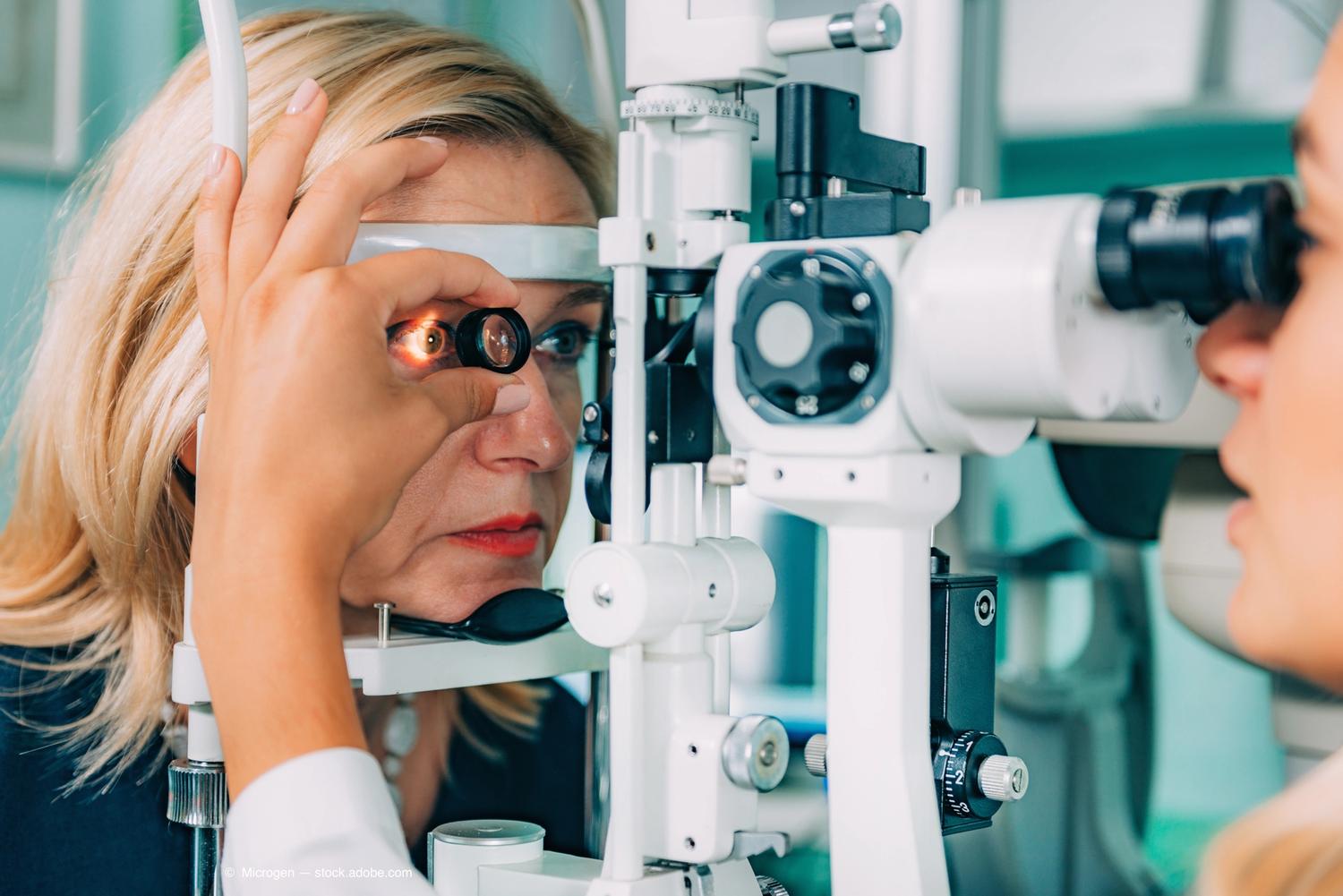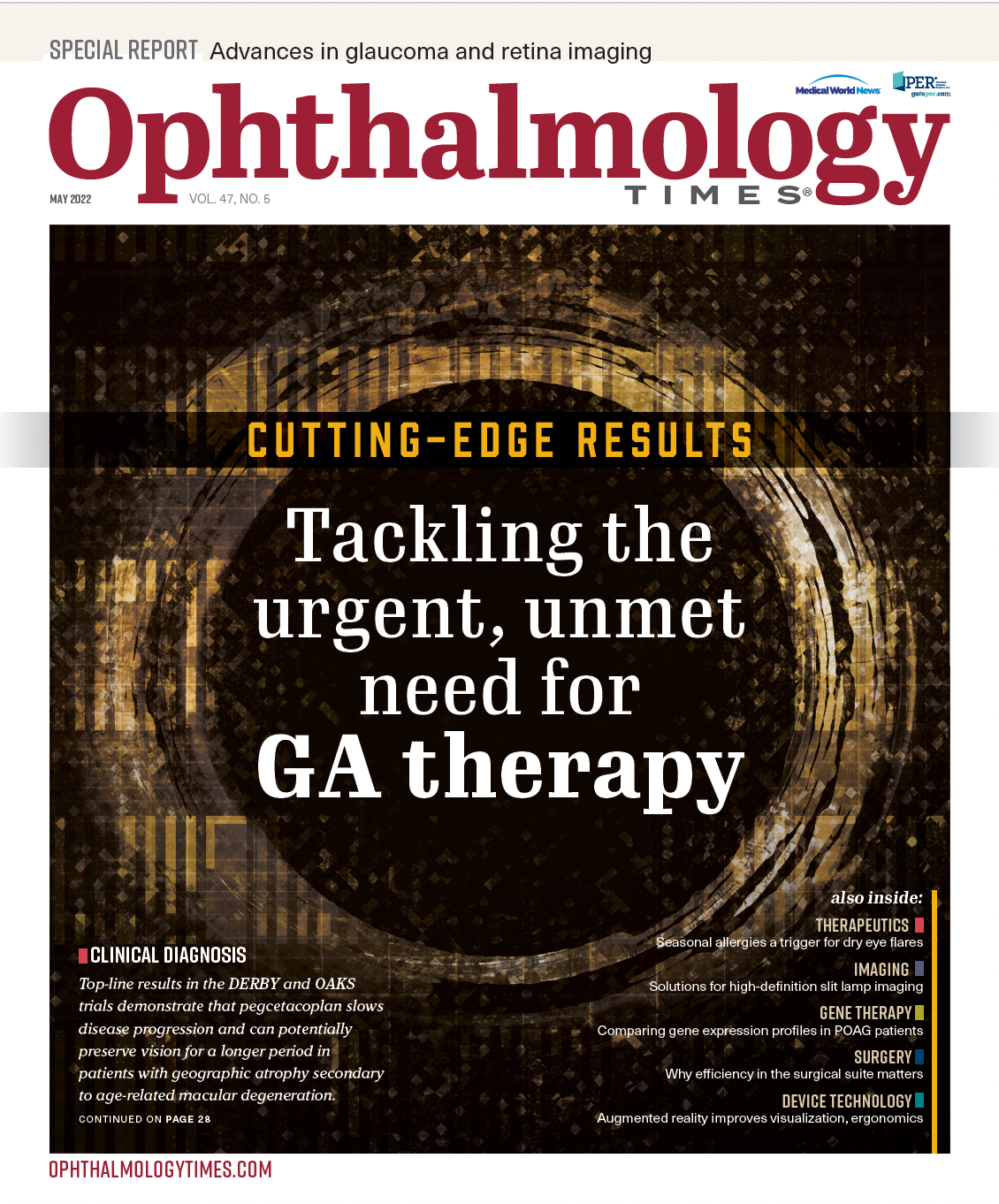- COVID-19
- Biosimilars
- Cataract Therapeutics
- DME
- Gene Therapy
- Workplace
- Ptosis
- Optic Relief
- Imaging
- Geographic Atrophy
- AMD
- Presbyopia
- Ocular Surface Disease
- Practice Management
- Pediatrics
- Surgery
- Therapeutics
- Optometry
- Retina
- Cataract
- Pharmacy
- IOL
- Dry Eye
- Understanding Antibiotic Resistance
- Refractive
- Cornea
- Glaucoma
- OCT
- Ocular Allergy
- Clinical Diagnosis
- Technology
Five new aqueous humor biomarkers of POAG progression are identified
Investigators find the recognition could improve surveillance of the disease.
An investigation of progression of primary open-angle glaucoma (POAG) identified 5 potential candidate biomarkers in the aqueous humor related to the glaucomatous phenotypes that differentiate stable from progressive cases of glaucoma.

Although it is known that glaucoma is a progressive optic neuropathy that results from a combination of genetic and environmental factors, there is not a great deal of information about the genetic risks associated with development of the disease.
Mengya Zhao, PhD , with the Department of Ophthalmology at the University of California, San Francisco, compared the gene expression profiles between patients with stable POAG and patients requiring glaucoma surgery to address POAG.
Deep sequencing results
According to Zhao, 21 transcripts were differentially expressed between the study groups: 20 were upregulated and 1 was downregulated in the patients with progressive POAG compared with those with stable glaucoma. Eleven of the transcripts were eye-related, and 5 transcripts were related to the following glaucomatous phenotypes: fibronectin type III domain containing 3B (FNDC3B), clusterin (CLU), proprotein convertase subtilisin/kexin type 6 (PCSK6), cadherin EGF LAG seven-pass G-type receptor 1 (CELSR1), and rho guanine nucleotide exchange factor 4 (ARHGEF4).
The following connections to glaucoma were mentioned for the phenotypes:
- FNDC3B is associated with the intraocular pressure, central corneal thickness, and vertical cup-to-disc ratio and with POAG in patients of African descent.
- CLU is associated with human glaucomatous optic nerve astrocytes, neurodegenerative disorders, pseudoexfoliation syndrome, and pseudoexfoliation glaucoma.
- PCSK6, which is on the glia and optic nerve head, may be an intermediate factor in glaucomatous optic nerve head pathophysiology.
- CELSR1 is a factor in the regulation of neuronal cell differentiation, outgrowth of neurites, and axon guidance.
- ARHGEF4 is downregulated in a rat model of glaucoma.
The key factors identified in the study, the investigators concluded, are that biomarkers associated with POAG progression were identified and that it is possible to identify the biomarkers from aqueous humor samples.
Importantly, the recognition of the biomarkers may improve glaucoma surveillance of patients with progressive POAG, as well as provide diagnostic and therapeutic targets to identify and treat progressive POAG early.
Mengya Zhao, PhD
E: mengya.zhao@ucsf.edu
This article was adapted from Zhao’s presentation at the 2022 American Glaucoma Society Annual Meeting. She has no financial interest in this subject matter.

